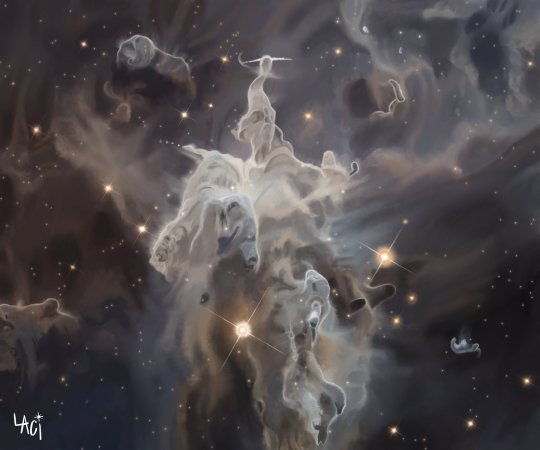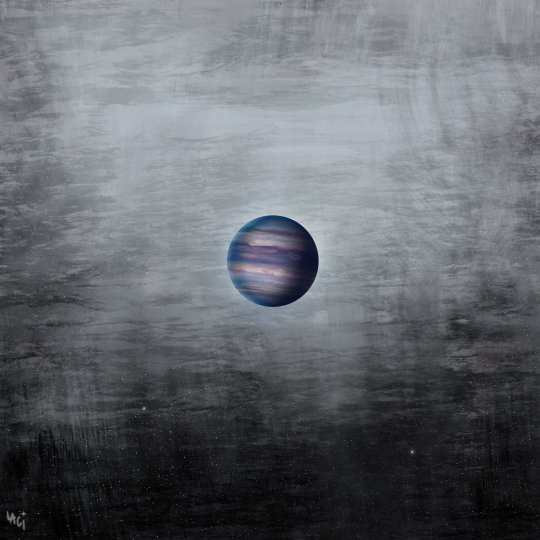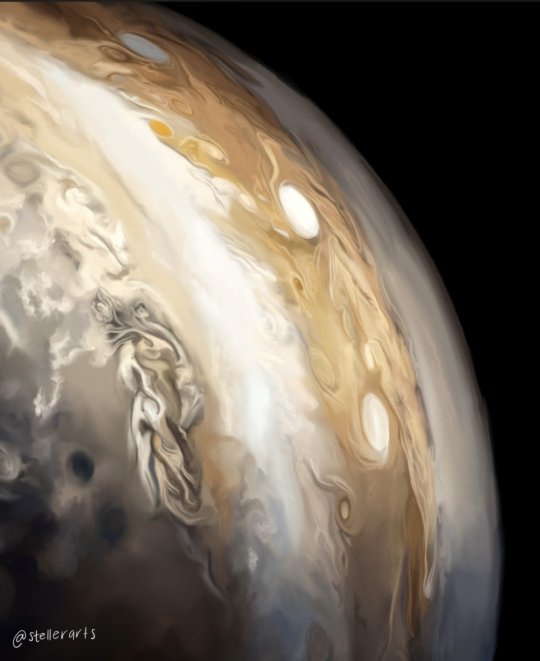Don't wanna be here? Send us removal request.
Photo
Créditos y Derechos de la Imagen: Min Xie, Chen Wu, Yizhou Zhang, and Benchu Tang (Para una versión de mayor resolución haga clic sobre la imagen)
La estrella supergigante Gamma Cygni está en el centro de la Cruz del Norte. Cercano al plano de nuestra galaxia Vía Láctea, ese famoso asterismo vuela alto en los cielos nocturnos del verano boreal en la constelación de Cygnus, el Cisne. Conocida con el nombre propio de Sadr, Gamma Cygni también se encuentra justo debajo del centro en este paisaje celeste telescópico, con colores mapeados a partir de datos de imagen tanto de banda ancha como angosta. El campo de visión abarca casi 3 grados (seis Lunas llenas) en el cielo e incluye a la nebulosa de emisión IC 1318 y al cúmulo estelar abierto NGC 6910. Llenando la parte superior del encuadre, y con la forma de dos alas cósmicas resplandecientes divididas por una larga franja de polvo oscuro, el nombre popular de IC 1318 es la Nebulosa Mariposa, comprensiblemente. A la derecha de Gamma Cygni, están las estrellas jóvenes y todavía agrupadas de modo compacto de NGC 6910. La distancia a Gamma Cygni es de alrededor de 560 parsecs o 1,800 años luz. Las distancias estimadas para IC 1318 y NGC 6910 varían entre los 2,000 a 5,000 años luz.
Fuente: Astronomy Picture of the Day (APOD)
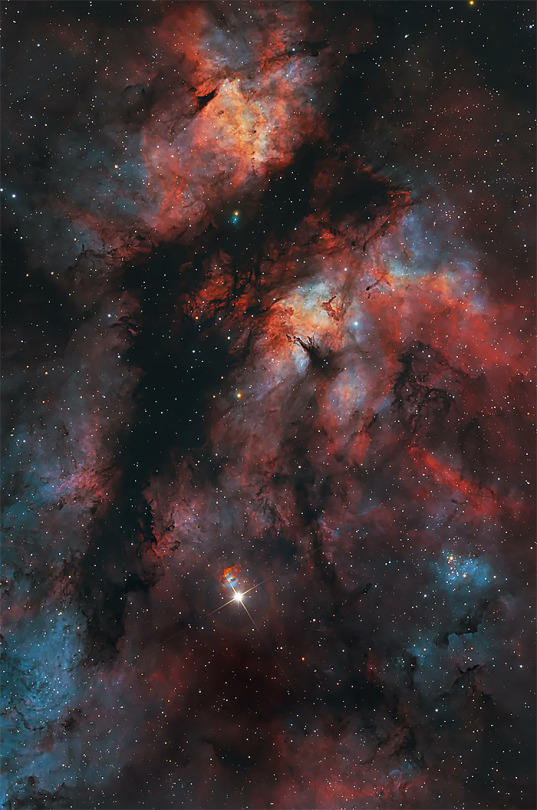
Gamma Cygni Nebula in Cygnus by Min Xie
4K notes
·
View notes
Text
Excelente obras, y estilos muy atractivos a la vista.
0 notes
Text
Artist of the Month: Josh Levi
Tumblr’s Artist of the Month for May is R&B star Josh Levi.
Check out a behind the scenes look at Josh's dance video for "VICES".
Pre-save his upcoming album DISC TWO right here and be sure to follow @joshleviworld.
501 notes
·
View notes
Photo

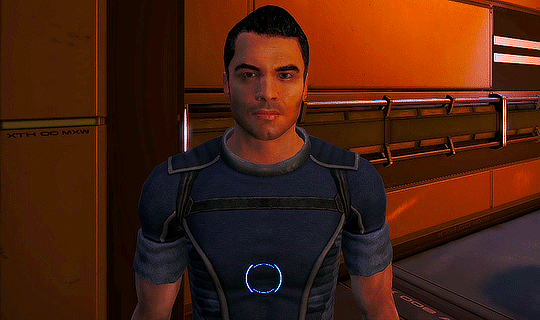

“Please, Commander. You’ll make me blush.”
438 notes
·
View notes
Photo



Halo 4 Concept Art by John Wallin Liberto
752 notes
·
View notes
Photo



Illustrations for The Mandalorian by concept artist Nick Gindraux
487 notes
·
View notes
Photo
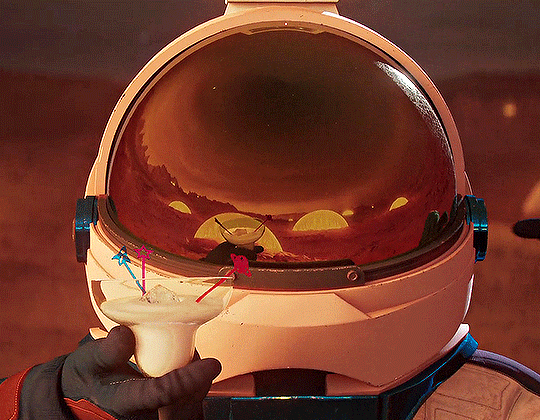
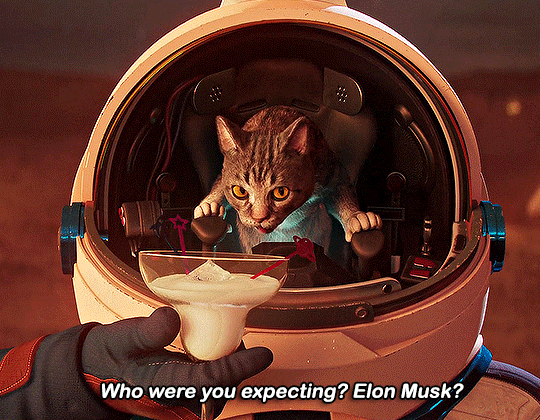
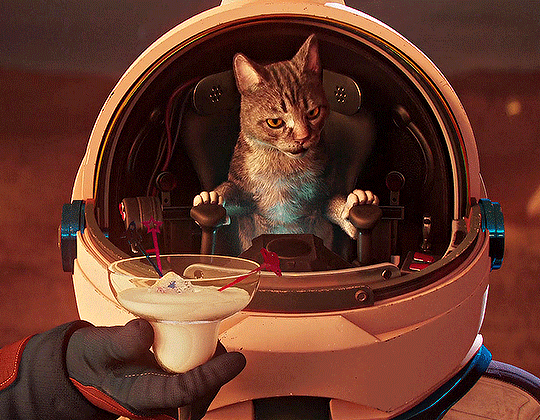
LOVE, DEATH & ROBOTS, 3.01 Three Robots: Exit Strategies (2022)
2K notes
·
View notes
Photo



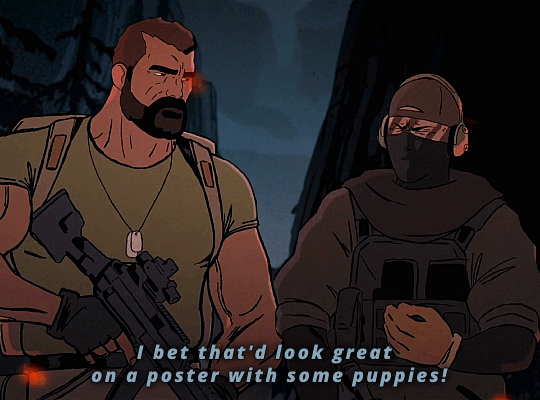
LOVE, DEATH + ROBOTS | vol. 3
—Kill Team Kill
412 notes
·
View notes
Photo
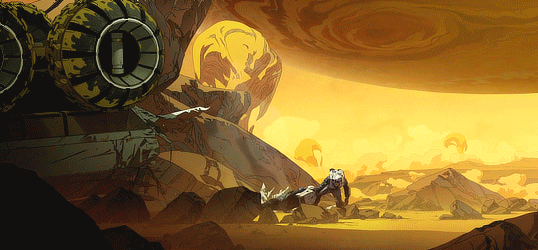
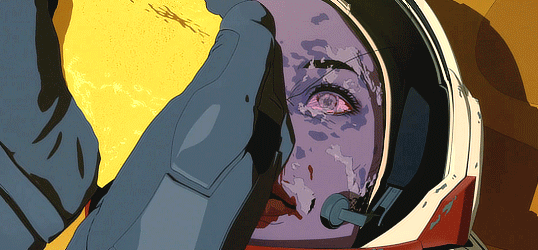
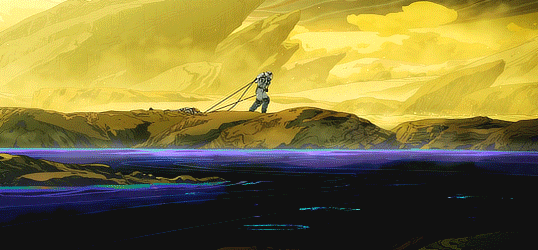
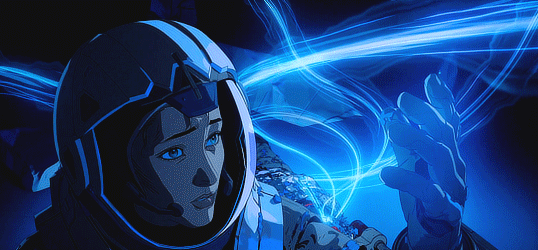
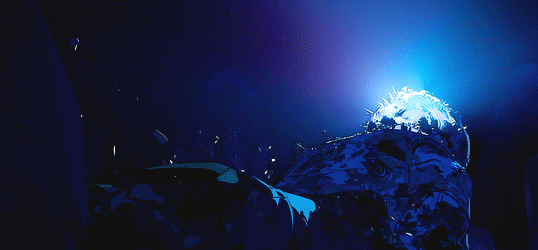
Io has a core of iron and and iron sulfide, what does this sound like? A mantle of partially molten rock, Io is a sulfur rich moon, what does this sound like? Io’s metallic core generates a magnetic field connecting its own poles with the poles of Jupiter, what does this sound like? Io’s volcanoes emit sulfur dioxide and oxygen, what does this sound like? Rotating field, magnetosphere, sulfure ions, circular orbit, what does this sound like?
850 notes
·
View notes
Photo
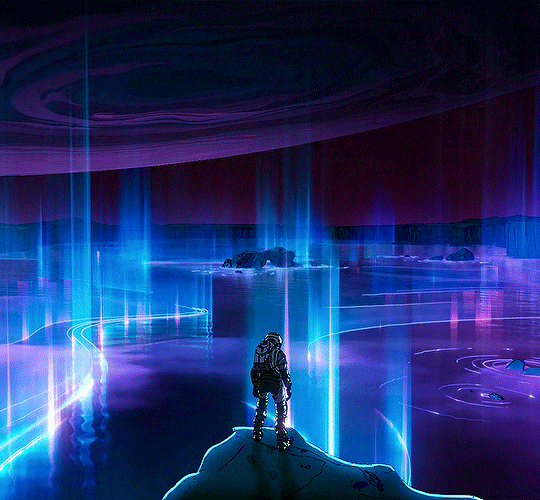

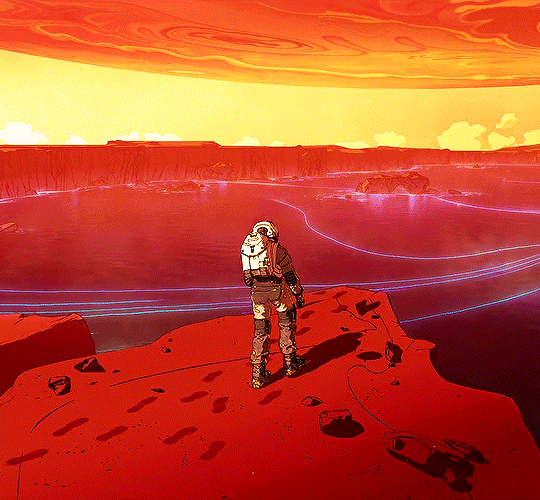
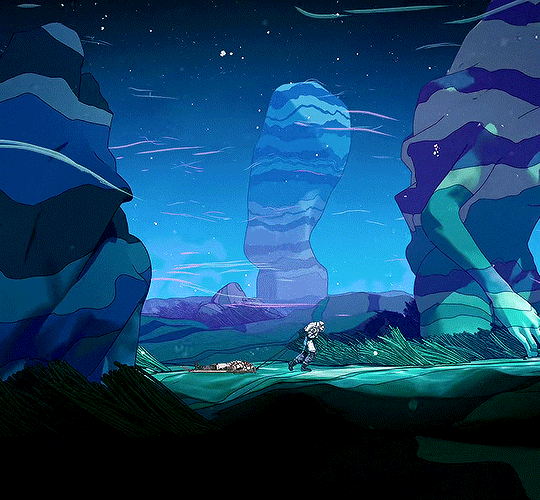

And now I see with eye serene The very pulse of the machine A being breathing thoughtful breath A traveler betwixt life and death The reason firm the temperate will Endurance Foresight Strength and skill
LOVE DEATH + ROBOTS | 3.03 The Very Pulse of the Machine
4K notes
·
View notes
Photo
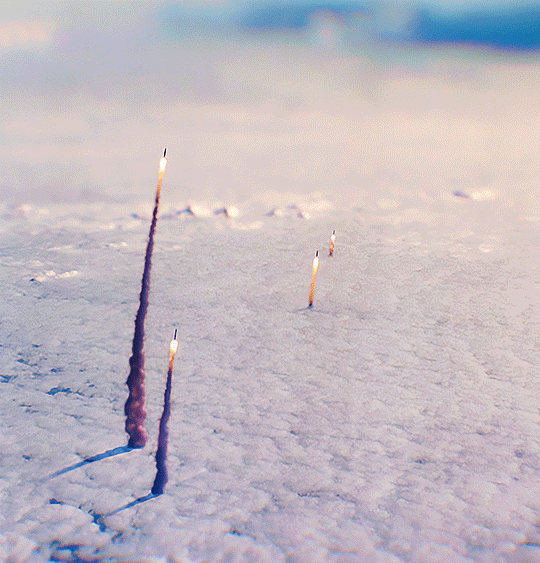
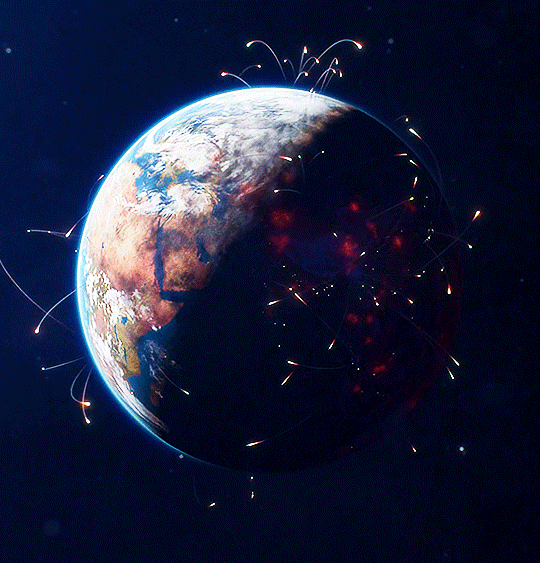
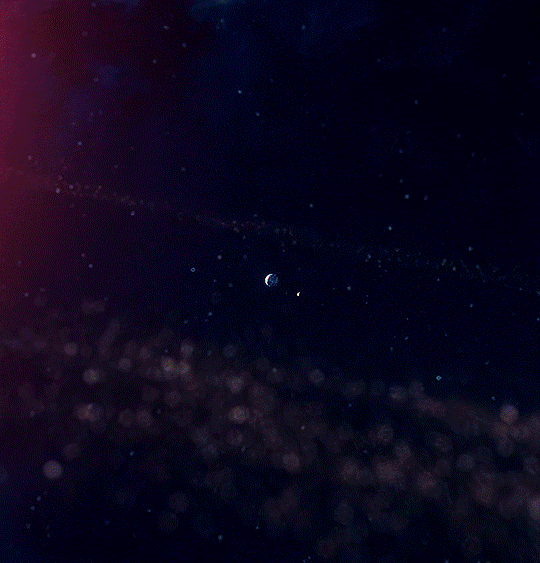
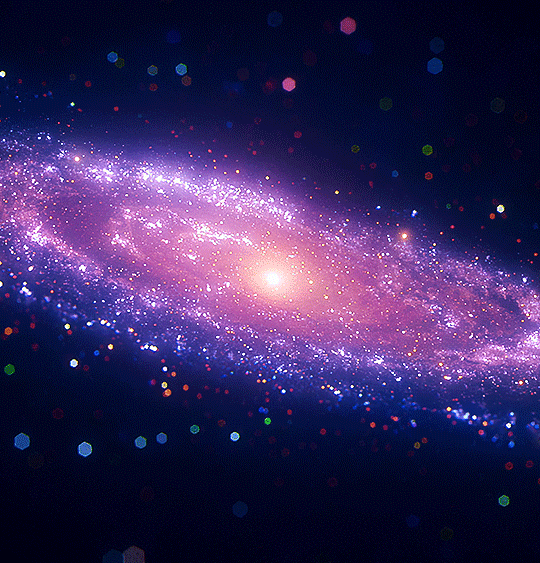
LOVE DEATH + ROBOTS 3.04 — Night of the Mini Dead (2022) dir. Robert Bisi & Andy Lyon
2K notes
·
View notes
Text
Tune in, Starliner! How NASA’s Near Space Network Powers Communications

On May 19, 2022, our partners at Boeing launched their Starliner CST-100 spacecraft to the International Space Station as a part of our Commercial Crew Program. This latest test puts the company one step closer to joining the SpaceX Crew Dragon in ferrying astronauts to and from the orbiting laboratory. We livestreamed the launch and docking at the International Space Station, but how? Let’s look at the communications and navigation infrastructure that makes these missions possible.
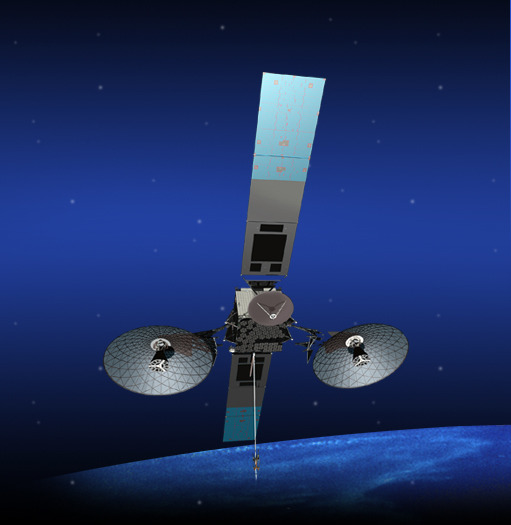
Primary voice and data communications are handled by our constellation of Tracking and Data Relay Satellites (TDRS), part of our Near Space Network. These spacecraft relay communications between the crewed vehicles and mission controllers across the country via terrestrial connections with TDRS ground stations in Las Cruces, New Mexico, and Guam, a U.S. territory in the Pacific Ocean.
TDRS, as the primary communications provider for the space station, is central to the services provided to Commercial Crew vehicles. All spacecraft visiting the orbiting laboratory need TDRS services to successfully complete their missions.

During launches, human spaceflight mission managers ensure that Commercial Crew missions receive all the TDRS services they need from the Near Space Operations Control Center at our Goddard Space Flight Center in Greenbelt, Maryland. There, communications engineers synthesize network components into comprehensive and seamless services for spacecraft as they launch, dock, undock, and deorbit from the space station.
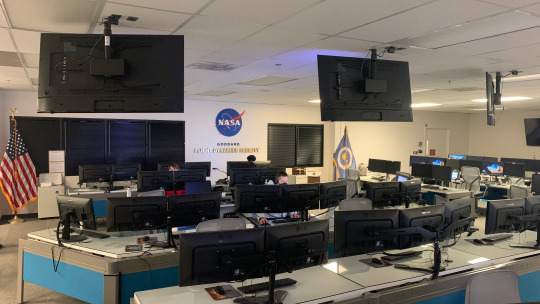
Nearby, at our Flight Dynamics Facility, navigation engineers track the spacecraft on their ascent, leveraging years of experience supporting the navigation needs of crewed missions. Using tracking data sent to our Johnson Space Center in Houston and relayed to Goddard, these engineers ensure astronaut safety throughout the vehicles’ journey to the space station.
youtube
Additionally, our Search and Rescue office monitors emergency beacons on Commercial Crew vehicles from their lab at Goddard. In the unlikely event of a launch abort, the international satellite-aided search and rescue network will be able to track and locate these beacons, helping rescue professionals to return the astronauts safely. For this specific uncrewed mission, the search and rescue system onboard the Boeing Starliner will not be activated until after landing for ground testing.

To learn more about NASA’s Space Communications and Navigation (SCaN) services and technologies, visit https://www.nasa.gov/directorates/heo/scan/index.html. To learn more about NASA’s Near Space Network, visit https://esc.gsfc.nasa.gov/projects/NSN.
Make sure to follow us on Tumblr for your regular dose of space!
565 notes
·
View notes



